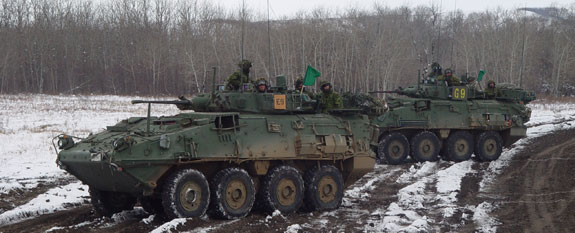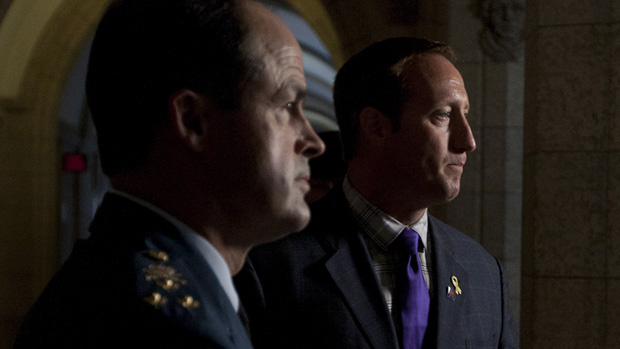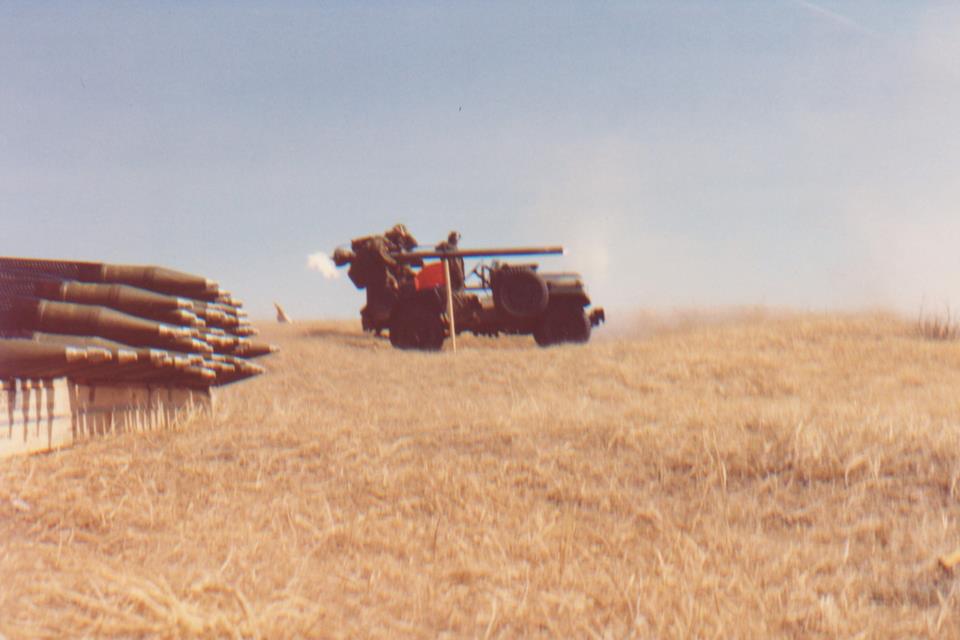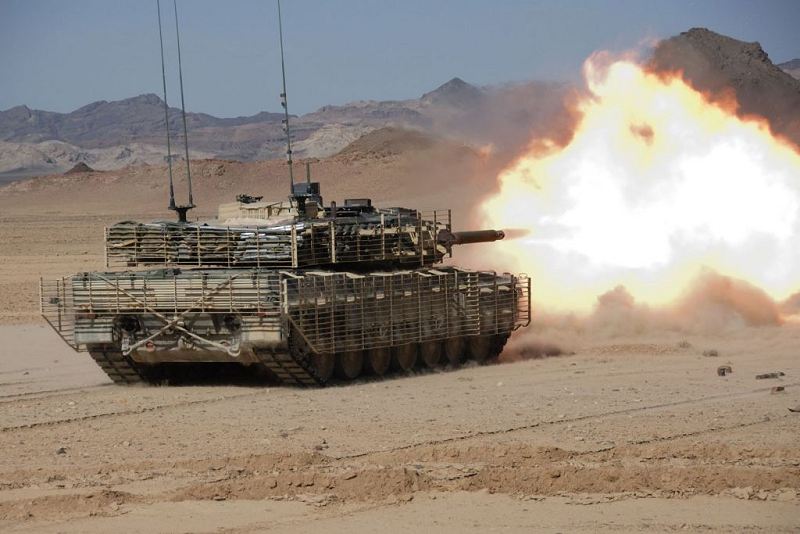[captionpix align=”left” theme=”elegant” width=”320″ imgsrc=”http://img.photobucket.com/albums/v101/He219/photobucket/080718-F-2501B-072.jpg” captiontext=””]
The Army Reserves are arguably the most storied institution in Canada, given their role as the modern execution of the militia. The primary function of the Reserves today is to support the Regular Force―a mission that is divided into three major missions.
First, the existing reserve regiments are the framework the army would use to mobilize a large number of troops in response to an extended period of national crisis such as the World Wars. Secondly, reserve units are located in every major Canadian city, divided into four different commands: Land Force Atlantic, Land Force Quebec, Land Force Central, and Land Force Western areas. Each regiment serves to connect Canadians to the Army. Lastly, the Reserve augments the regular force during deployments. The contribution of 20-30 percent of fighting troops in Afghanistan is one such example.
Despite the professionalism of the current reservists, this was not necessarily always the case. The Reserves find their origin with the most irregular of infantry forces, the colonial militia. The history of the Army Reserves begins in 1673, with Count Frontenac’s establishment of the militia. After the Conquest of 1760, the British maintained the tradition that all fighting age males must drill together monthly.
The fighting men in Canada were finally formalized in 1855, with the passing of the Militia Act. This act created the Permanent Active Militia (PAM), the precursor to the Canadian Army, and the Non-Permanent Active Militia (NPAM), a part-time volunteer force composed of several dozen infantry battalions and cavalry regiments.
Curiously, with the outbreak of the First World War, the Canadian government elected to establish the temporary Canadian Expeditionary Force (CEF) to answer the UK’s call for soldiers. The CEF was a separate entity from PAM and NPAM, and as a result, no existing regiments were actually mobilized. Instead, the Canadian government transferred personnel to the CEF for deployment in Europe. Once hostilities concluded, the CEF was disbanded and transferred personnel returned to their regular units.
The war had the unintended consequence of highlighting shortfalls in the organizational system that was used at the time. The creation of the CEF implied a degree of difficulty in actually mobilizing existing regiments into coherent units. At the time, the armed forces still used an archaic numbering system that originated with British designations of Canadian regiments. For example, the 48th Highlanders of Canada, a reserve infantry regiment based in Toronto, is one of the few units that kept its historical designation. Within the confines of the Army however, it is not necessarily its 48th infantry regiment, nor does its title signify Scottish ancestry.
While a discrete Canadian identity existed with the military, it was not reflected in their designations. Furthermore, no actual expeditionary military force existed in Canada. Despite its active status, the Permanent Active Militia was still at its core a defensive force due to the expectation that any military threats to Canada would probably be from its southern neighbour. Regardless of the fact that the likelihood of an armed conflict with the US at that time was unthinkable, the military organization in Canada was inevitably dominated by the principles of colonial defence. As a result, the presumption that Canada should contribute a massive number of ready to mobilize troops for the war effort was a shock to the system, and necessitated the establishment of an expeditionary force.
The lessons learned in WWI were acted upon through two major organizational changes before WWII. The 1920 Otter Committee reorganized the militia system, dropping the archaic numbering system and re-designating all pre-war regiments with a few exceptions such as the Royal 22e Regiment and the 48th Highlanders of Canada. The new regiments all perpetuated the wartime history of the CEF, and were later allowed to adopt battle honours that were granted for WWI. Further reorganizations took place in 1936, with many regiments being disbanded or amalgamated into rifle, machine gun or tank regiments. The Militia underwent further changes in 1940, receiving the official designation of Canadian Army. PAM and NPAM were renamed Active and Reserve components respectively.
With the rise of nuclear deterrence in the late 1950s as the dominant military doctrine, the future of the Canadian Army was put into doubt, particularly of the postwar Reserves since they were re-enrolled into civil defence operations. However, the rejection of a civil defence doctrine by the Canadian population as well as the amalgamation of troops in 1968, gave the Reserves a new lease on life.
While colloquially known as ‘weekend warriors,’ the rivalry between regular troops and reservists is mostly tongue-in-cheek. Their efforts in Afghanistan are well noted, but they have also supported missions at home, including security for the 2010 Vancouver Olympics, fighting forest fires in Alberta and British Columbia, as well as flood relief in Quebec and Manitoba.
However, despite the proven value of the Reserves, their immediate future is uncertain. The Army Reserves are the potential target of spending cuts in an attempt to reign in the budget deficit. General Thomas Lawson, Canada’s new Chief of Defence Staff, has gone on record stating that there is “very little fat” in the military while at the same time, being tasked by Prime Minister Harper to “ensure administrative burdens are reduced and resources freed up for the front line.” It is currently unclear where the Reserves are on the “teeth and tail” dichotomy, but perhaps it is more important to determine where the proverbial front line on this issue actually is.




